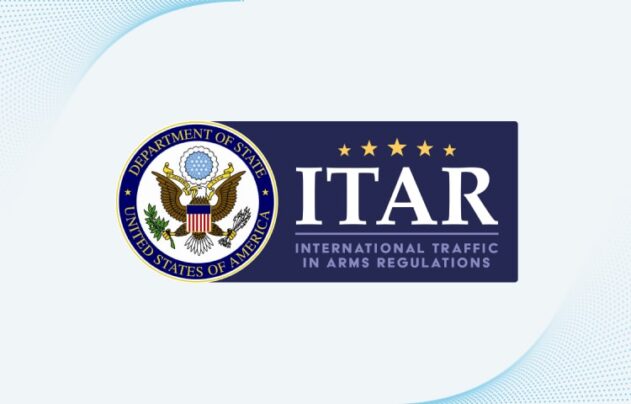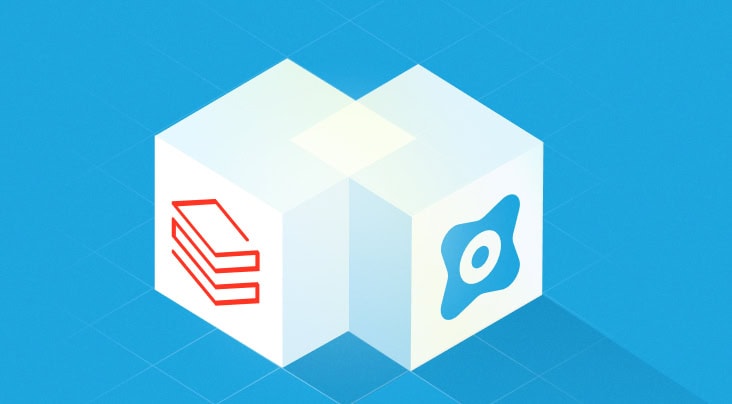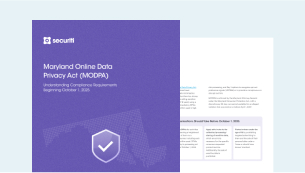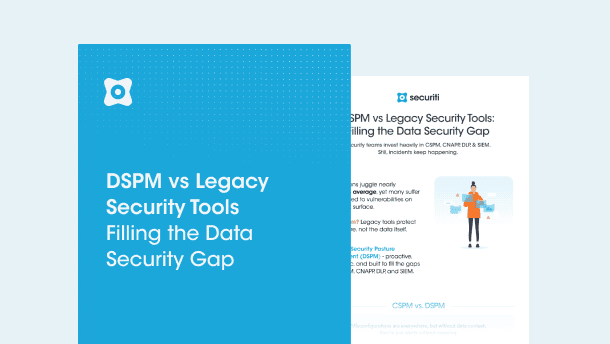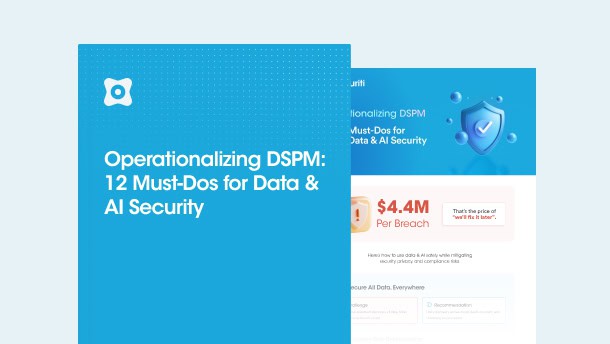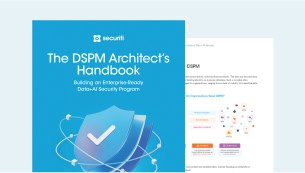Identify Data assets & Ensure Security Posture
Data assets should be at the core of an organization’s security posture because it is one of the top targets for cloud data breaches. The security and governance teams can’t protect an asset if they don’t know where it is, or it has been ignored which is something quite common when it comes to the unmanaged or shadow data assets spread across on-premise and the multi-cloud environment.
The path that leads to a robust security posture is having a controlled inventory of all the managed and unmanaged data assets, cataloged according to their residency, ownership, and lineage. A well-cataloged inventory of assets further allows security teams to define optimal security controls based on the sensitive data residing in those assets.
Lastly, organizations should shift to automation from the manual processes of listing inventories, fixing vulnerabilities, and monitoring security control sporadically. As threat actors are leveraging automated attacks for cyber breaches, it is high time for organizations to stay ahead of their foes by doing the same and embracing automated data asset discovery, cataloging, and security posture management.
Discover Sensitive Data & Classify, Data Catalog
The trio of data discovery, classification, and cataloging make the core parts of an organization’s data privacy and security strategies. Once an organization sifts through its on-prem and multi-cloud to find and catalog data assets, the next step is to look for the personally identifiable information (PII), including the sensitive personal information, stored on those data assets. An effective data discovery also takes into account the unstructured data that may live across spreadsheets, emails, etc.
Data discovery then leads to the data classification phase where all the sensitive data is then labeled according to its security and privacy labels. The security labels allow teams to make sure safe and authorized access to the data. The privacy labels enable the privacy teams to find the correct data and respond to data subjects' access requests, the right to be forgotten, the right to inform, the right to delete, and similar other data subject’s rights under regulations like GDPR and CPRA.
The data cataloging phase is where an organization creates an organized inventory of the data about the discovered and classified data (metadata), including tags, labels, or tables.
Govern Data Sovereignty and Cross-Border Movement
Data sovereignty and cross-border movement are governed by many global data protection regulations, mandating organizations to keep track of their cross-border data, place robust security measures, and ensure that the data transfer process meets judicial compliance.
To ensure all that, it is imperative to first understand where the sensitive, cross-border data resides, and what kind of sensitive data it is, such as medical, financial, etc. The further concerns include the type of jurisdictional regulations that apply to the data, such as CPRA or LGPD.
Monitor Access to Sensitive Data
With a clear picture of the sensitive data in various cloud data systems, organizations must also govern access to this data. The data discovery, classification, and cataloging phases simplify most of the heavy lifting at this point of the phase. To further proceed with the access governance phase, organizations must first identify the business role associated with the data as it allows the governance team to better regulate and monitor users’ access to the data. Organizations must establish role-based access control, starting with least privilege access, to make sure that the data security and integrity remain intact.
Automate enforcement, such as encryption or data masking, wherever possible to further strengthen the security of data while allowing teams to share and use it in a secure manner.
How Securiti Can Help
Data processing is constantly changing. Traditional tools that are just a snapshot won’t truly operationalize a program in a scalable way long-term. Securiti delivers an AI-powered autonomous data governance framework that operationalizes at a granular level, allowing organizations to integrate with their existing on-prem or multi-cloud environments with native integration, discover shadow and managed data assets and the structured and unstructured data across those assets:
- Monitor in real-time the security posture of sensitive data assets
- Define security policies against unauthorized access
- Set alerts to observe and track anomalies
- Establish privacy policies and set non-compliance alerts
- Ensure data minimization by reducing access with role-based access control
- Maintain processing records of all activities as proof of compliance
Request a demo to learn how you can operationalize the new CDMC framework with Securiti.








